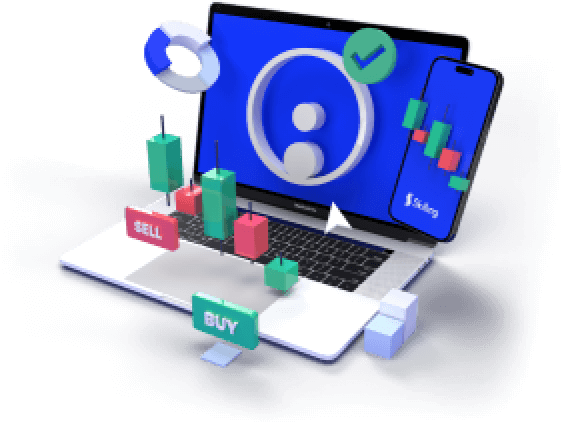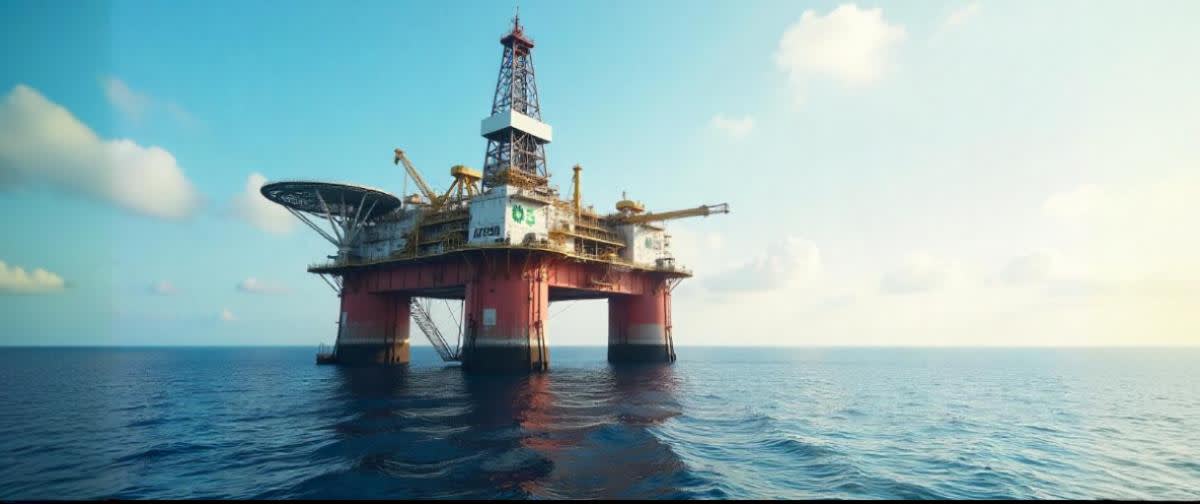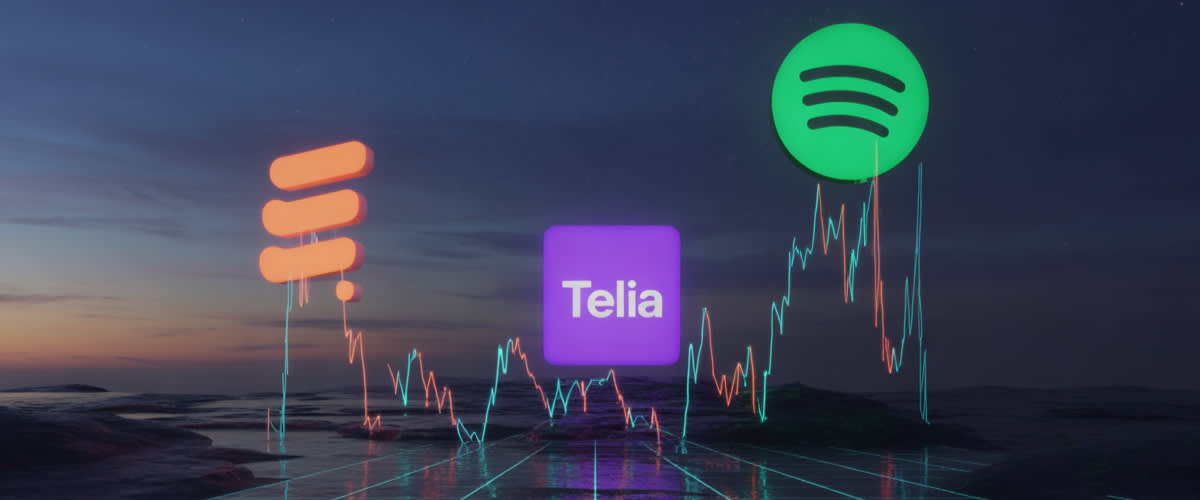Norway has long been a cornerstone of Europe’s energy security. With North Sea oil and gas production, abundant hydropower, and an expanding renewables footprint, the country’s energy sector plays a vital role in global markets. Two of its most influential players—Aker BP and Equinor—are now executing bold strategies that are reshaping supply expectations, capital investment flows, and sector sentiment.
For traders, these companies—and their projects—offer significant trading opportunities, particularly given the volatility tied to energy prices, policy shifts, and earnings surprises.
Aker BP and the Yggdrasil Megaproject
Aker BP, a pure-play oil and gas company, is making waves with the Yggdrasil development, one of the largest projects ever undertaken on the Norwegian Continental Shelf. Located in the North Sea, the initiative includes several fields—Hugin, Fulla, and Munin—spanning 650 million barrels of oil equivalents in recoverable reserves.

The project is expected to cost over 115 billion NOK and will see the installation of 55 wells, extensive subsea infrastructure, and a 255-kilometer power cable that will allow platforms to run on clean electricity from shore—a first for this part of the North Sea. Drilling is scheduled to begin in 2025, with production targeted for 2027.
What makes Yggdrasil notable for traders is its economic scale and geopolitical relevance. As Europe seeks stable energy supplies post-Russia, long-term production from Norway becomes even more valuable. Any updates, delays, or cost overruns could have ripple effects on Aker BP’s stock price, oil service sector sentiment, and even NOK trading pairs.
Equinor: Balancing Oil Legacy with a Low-Carbon Future
Equinor—formerly Statoil—is another pillar of Norwegian energy. The company continues to invest heavily in oil and gas, recently boosting its 2024–2027 production outlook by over 10%. However, it is also adapting its long-term strategy.
In 2025, Equinor trimmed its 2030 renewable energy capacity target from 12–16 GW to 10–12 GW, citing capital discipline. Nevertheless, it remains active in offshore wind (e.g., Hywind Tampen), hydrogen, and CCS (carbon capture and storage). Projects like Troll Phase 3 and Rosebank in the UK show its ambition to deliver value from mature fields while managing emissions.
For traders, this presents a two-track exposure:
- On one side, Equinor benefits when oil prices rise due to geopolitical tension or supply concerns.
- On the other hand, its exposure to green transition plays opens price moves linked to subsidy shifts, EU regulation, or ESG fund flows.
Both dimensions make Equinor’s stock a key Nordic asset, especially for portfolios tracking energy and ESG developments.
How This Affects Traders
The strategies of Aker BP and Equinor shape how traders can position around:
- Energy Prices: Their output directly affects Brent-linked pricing and European energy futures.
- NOK Currency Pairs: As oil exports rise, NOK tends to strengthen, creating potential opportunities in USD/NOK and EUR/NOK.
- Equities: Earnings, project milestones, and political commentary often move their share prices.
- Sector Sentiment: Nordic oil services, shipping, and engineering stocks often follow moves in Aker BP and Equinor.
Increased EU-Norway energy integration and investment in electrification (such as power-from-shore systems) may also prompt broader capital inflows into Norway’s infrastructure ETFs and related instruments.
Conclusion
Norway’s energy future is being built today. With Aker BP’s Yggdrasil project redefining offshore production and Equinor balancing fossil fuels with renewables, the sector is a case study in both transition and opportunity. For traders, these developments offer a timely mix of momentum, geopolitical relevance, and earnings-linked volatility.
Whether trading CFDs on stocks, indices, or NOK currency pairs, staying informed about these two energy giants is essential for navigating the energy markets of tomorrow.
Curious about Forex trading? Time to take action!
Use our free demo account to practise trading 70+ different Forex pairs without risking real cash
71% of retail CFD accounts lose money.












